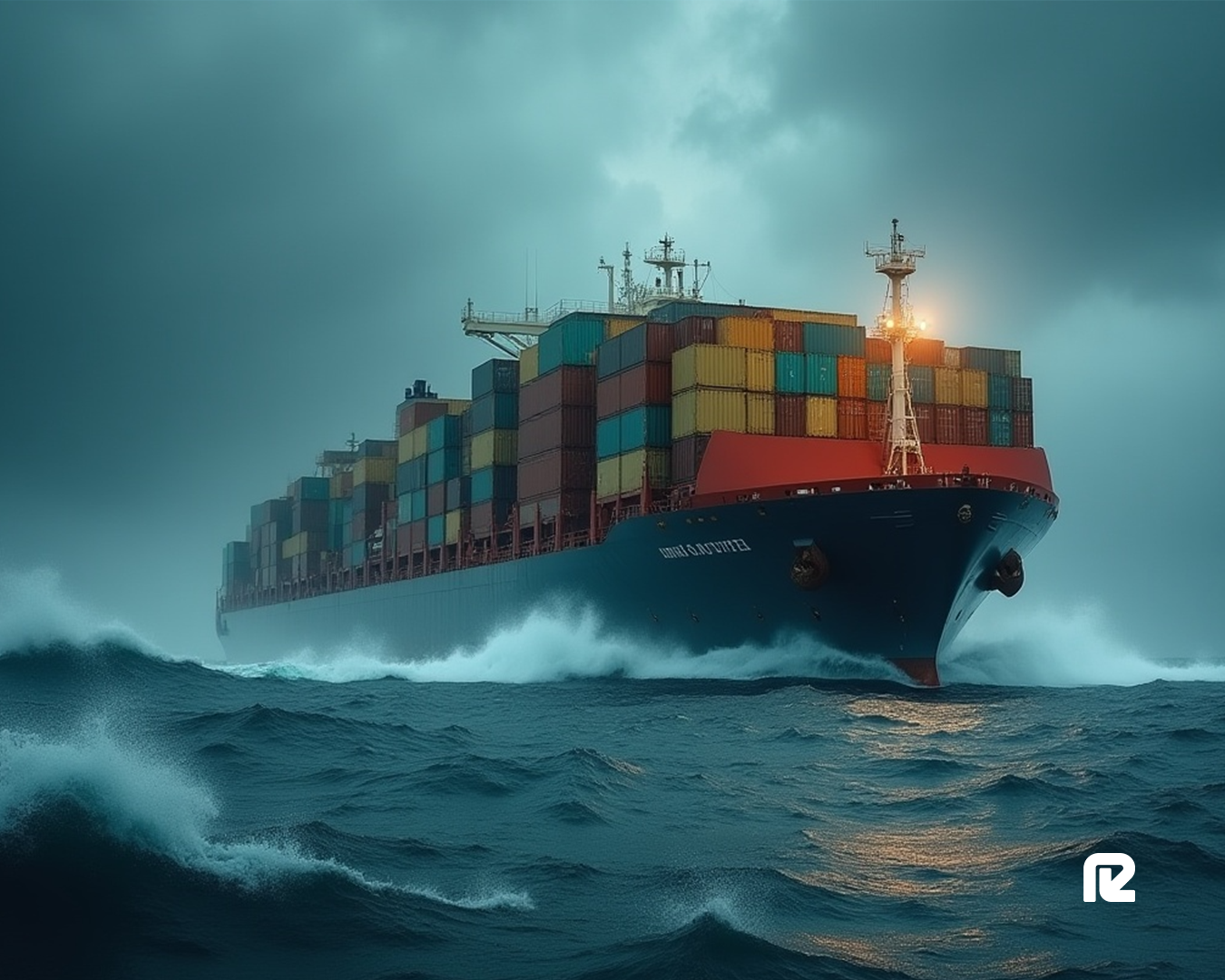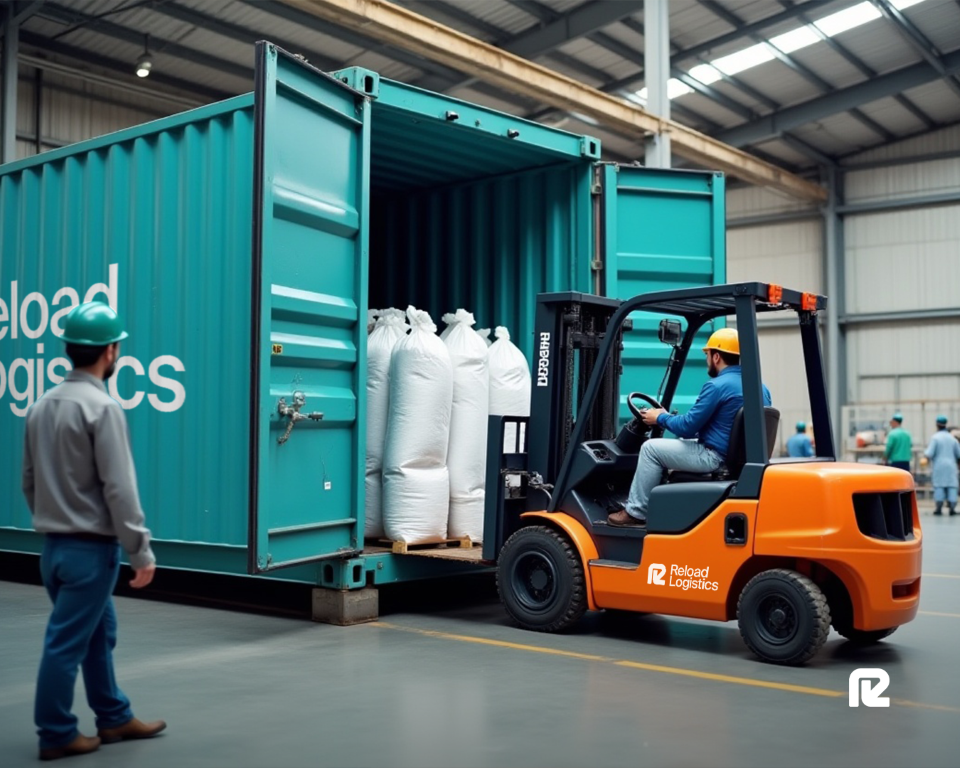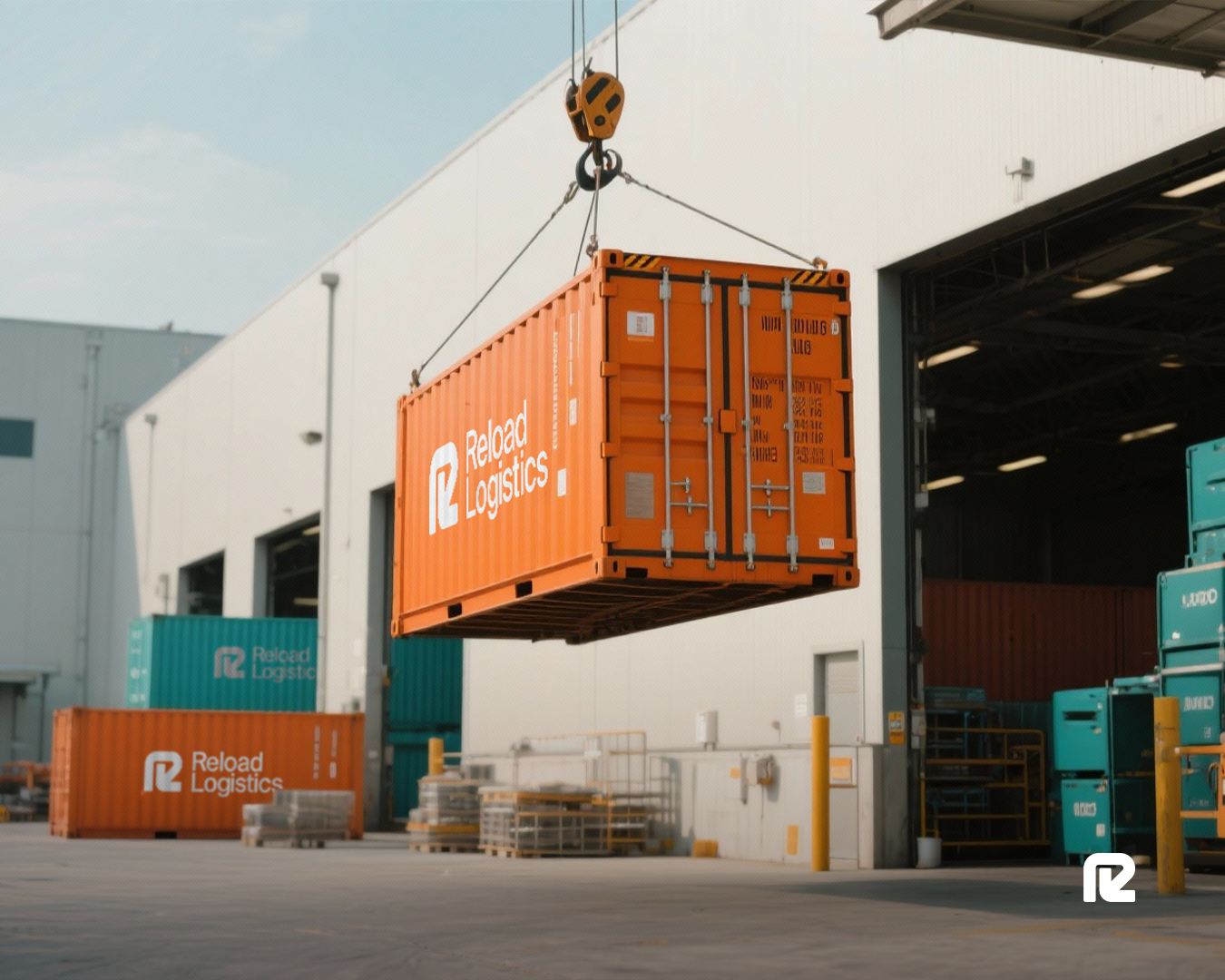What is General Average in Logistics and Freight Forwarding?


When a cargo ship encounters an emergency at sea, who pays for the extraordinary costs? The answer usually lies in General Average (GA), one of maritime law's oldest laws that continues to shape global trade today.
For businesses shipping goods internationally, GA is a financial reality that can impact delivery schedules, insurance claims, and your bottom line. This article will look at how general average in logistics and shipping works, the steps of calculating general average, and the impact it can have on shippers.
What is General Average?
General Average is a principle of maritime law where any sacrifices made to save a ship and its cargo during an emergency are shared by all parties involved in a proportional way, including the shipowner and all cargo owners.
For example, if a captain jettisons cargo during a storm or must divert the ship for repairs, the costs will not only be borne by the captain or, but every party with cargo aboard will contribute based on the value of their goods.
The general average is a legal concept, and not a traditional insurance claim; it can, however, directly affect insurance claims (which we will look into further on) as well as shippers' bottom line.
How General Average Works
The general average process begins when a shipowner formally declares GA following an emergency. Here's what happens next:
Declaration and Assessment: Independent specialists called Average Adjusters are appointed to calculate how costs should be shared among all parties. We’ll go through their role later.
Security Requirements: Cargo is held at the port until you provide a general average bond—an agreement that guarantees the general average contribution when agreed. This protects the ship owner against default and ensures settlement funds are available.
Adjustment Phase: Costs are distributed based on each cargo's contributory value and the vessel's worth. This process can take a long time, depending on the type of insurance coverage and the complexity of the emergency incident.
General Average vs. Particular Average vs. Petty Average
There are several different types of averages to understand, the difference between these three being:
General Average: Losses that were intentionally made in the case of an emergency where expenses are shared by all parties.
Particular Average: The partial loss or damage to specific property, the cost of which is borne completely by the owner.
For example, if a cargo container falls overboard in rough seas without a general average declaration (in other words, not intentionally to save the ship), that counts as a particular average. If the container was intentionally jettisoned in the case of an emergency, that’s general average.
Petty Average: Minor expenses typically borne by the shipowner as part of normal operations, such as standard port charges or regular maintenance costs. These don't qualify for cost-sharing under general average laws.
Conditions for Declaring General Average
Not every incident qualifies for maritime general average. The action must be deliberate and necessary, meaning the ship's master must judge that immediate danger threatens the vessel, safety, and cargo. The response must match the severity of the threat, and it must be for the common safety and benefit of all interests onboard, not just one or some parties.
These conditions, established in the internationally recognized York-Antwerp Rules, ensure the general average is acted on solely for genuine emergencies to save both ship and cargo.
Types of General Average Acts
The general average extends beyond the classic example of jettisoning cargo in storms. Some other cases might include:
· Fire suppression: Flooding cargo holds to extinguish fires
· Port diversions: Seeking refuge in ports, incurring berthing fees and storage costs
· Extra fuel consumption: Burning additional fuel to power emergency equipment or navigate around perils
· Vessel damage: When resulting from deliberate actions to safeguard the ship and cargo
The Role of Average Adjusters
Average Adjusters serve as neutral experts, ensuring fair general average application. Their responsibilities include:
· Preparing the claim: Collect and document all relevant paperwork and organize the statements of claim.
· Evidence verification: They confirm that general average conditions were genuinely met.
· Calculate costs: Relating to each party's proportional contribution.
· Stakeholder communication: Act as intermediaries between all parties and deal with any disputes that may arise.
· Settlement oversight: Ensure compliance with international standards.
The Process of General Average Adjustment
The general average adjustment process follows a structured timeline as follows:
1. Initial Declaration: The shipowner formally declares general average and appoints adjusters.
2. Evidence Collection: Adjusters gather logbooks, crew statements, invoices, and repair documentation.
3. Value Assessment: All voyage interests are appraised, including both damaged and undamaged cargo as well as the vessel itself.
4. Contribution Calculation: Each party's proportional share is calculated based on their cargo's value relative to the total voyage value.
5. Security Collection: Cargo owners must post bonds and guarantees before cargo release—this happens while adjustment continues, and cargo is released on payment.
6. Final Settlement: The complete adjustment process can take as long as 12-24 months, depending on the circumstances, though simple cases may resolve faster.
The Impact of General Average on Cargo Owners
Even if your cargo emerges completely undamaged from a maritime emergency, you may still face significant financial obligations under general average.
Immediate Cash Flow Effects: Security requirements can tie up capital through cash deposits or insurance deductibles, potentially disrupting business operations.
Supply Chain Disruptions: Cargo delays while security is arranged can cascade through just-in-time delivery systems, which could affect customer relationships and contract obligations.
Administrative Burden: General average involves extensive documentation, bond signing, and coordination with adjusters, insurers, and logistics providers, requiring dedicated management time.
Long-term Financial Exposure: Final contribution amounts may not be known for months or years, making financial planning challenging. Contributions can range from thousands to millions of dollars, depending on the incident scale.
Insurance Implications: General average claims may affect future insurance premiums, particularly for frequent shippers or those in high-risk trade routes.
Even though these impacts seem fairly negative, the upside is that if there is an emergency, no one party will be responsible for the financial burden; regardless of the circumstances, everyone will pay their fair share.
The Critical Role of Marine Insurance
Marine insurance and general average are inseparable. Comprehensive cargo policies should cover the loss of goods sacrificed under general average, and contributions to shared general average expenses.
However, not all policies are the same. Some may limit general average coverage or impose conditions, so it’s important to always confirm with your insurer that GA is explicitly included. Many logistics providers coordinate directly with insurers to secure guarantees and streamline the general average process on behalf of their clients.
Legal Obligations and The Consequences of Non-Compliance
Cargo owners are legally required to contribute to the general average when necessary. Understanding both obligations and consequences is essential:
Legal Obligations:
· Provide GA security (bond plus cash deposit or guarantee) before cargo release
· Pay the final adjusted contribution amount within specified timeframes
· Cooperate with average adjusters during the investigation process
· Maintain accurate cargo documentation and valuations
Consequences of Non-Compliance:
· Your goods could remain held at port indefinitely, incurring storage fees and demurrage charges.
· Shipowners may pursue court orders for payment, leading to additional legal costs.
· Extended delays can breach customer contracts and damage business relationships, leading to a breakdown in the overall supply chain.
· Insurers may deny coverage for losses resulting from non-compliance with general average procedures.
Managing General Average Risk
Successfully managing general average requires shippers to ensure contracts and insurance adequately cover these liabilities, coordinate with insurance companies or logistics providers that can secure guarantees to avoid cargo holds or delays, and properly prepare paperwork at all times.
Many shippers choose to work with logistics providers who properly understand the general average's legal and financial impacts, as well as regional nuances that may occur, saving their clients time and money. Reload Logistics has a deep understanding of the Southern African logistics landscape and has strong relationships with different parties across the supply chain. Contact us to discuss how we might support your freight forwarding efforts.
Frequently Asked Questions
What is the general average clause in shipping?
General average is a contractual and legal requirement, which means all voyage parties share costs proportionally in emergencies to save the ship and cargo.
How is the general average calculated?
Average adjusters determine vessel and cargo values, then apportion costs based on each party's proportional share.
Does marine insurance cover general average?
Most policies do, but confirming specific coverage details with your insurer is essential.
What's the difference between general average and particular average?
GA involves shared costs among all parties, while a particular average is borne individually by the affected cargo owner.
Categories






